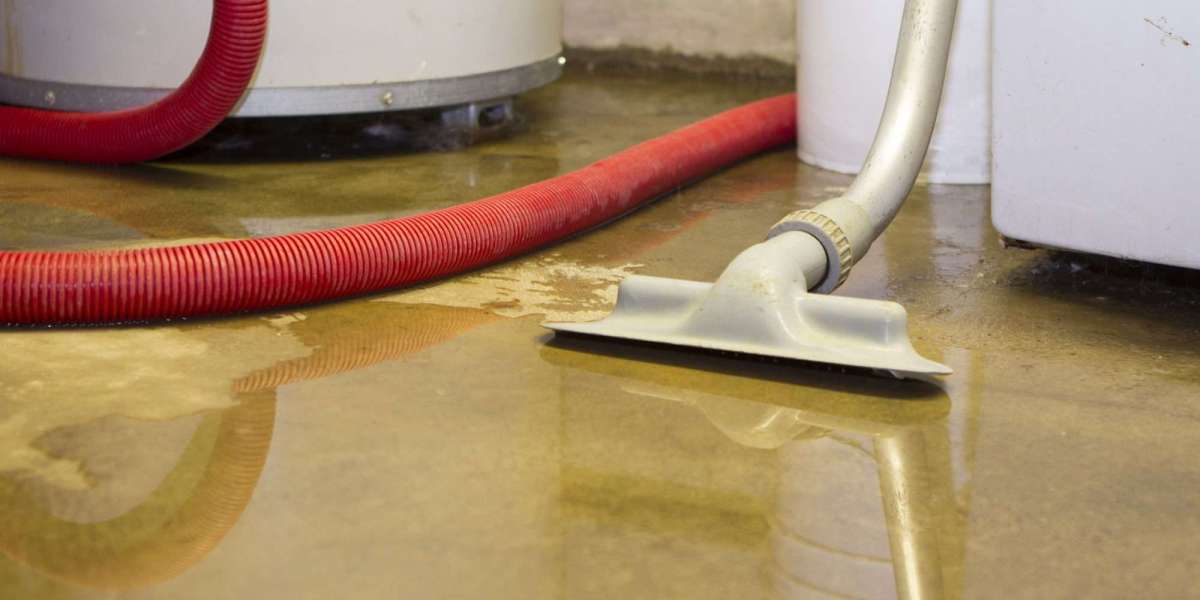Experiencing water damage in your home or business can be overwhelming. Whether it's due to a burst pipe, heavy rainfall, or an appliance malfunction, immediate action is crucial to minimize damage and restore your property. For residents seeking professional assistance,Carpet cleaning in West Jordan offers expert services to help you recover swiftly.
Immediate Steps to Take After Water Damage
1. Ensure Safety First
Before addressing the damage, prioritize the safety of all occupants.
- Turn off the main power supply to prevent electrical hazards.
- Avoid walking through standing water, especially if electricity is still on.
- Be cautious of structural damage; ceilings or walls may collapse.
2. Identify and Stop the Water Source
Quickly locating and halting the water source can prevent further damage.
- Shut off the main water valve if a pipe has burst.
- Turn off water supply to malfunctioning appliances.
- Use tarps to cover roof leaks temporarily.
3. Document the Damage
Accurate documentation is essential for insurance claims.
- Take clear photos and videos of all affected areas.
- List damaged items with their approximate value.
- Keep receipts for any repairs or replacements.
4. Notify Your Insurance Company
Prompt communication with your insurer can expedite the claims process.
- Provide detailed information about the damage.
- Submit the documentation you've gathered.
- Follow their guidance on next steps and approved contractors.
Cleaning and Restoration Process
5. Remove Standing Water
Eliminating excess water is vital to prevent mold and structural issues.
- Use wet/dry vacuums or pumps for large volumes.
- Mop and blot smaller areas.
- Open doors and windows to aid ventilation.
6. Dry and Dehumidify Affected Areas
Thorough drying deters mold growth and further damage.
- Deploy fans and dehumidifiers to circulate air.
- Remove wet carpets and furniture to dry separately.
- Monitor moisture levels with humidity meters.
7. Clean and Disinfect Surfaces
Sanitizing prevents bacterial and mold proliferation.
- Scrub surfaces with water and detergent.
- Apply disinfectants to eliminate pathogens.
- Dispose of items that cannot be thoroughly cleaned.
8. Inspect for Mold Growth
Mold can develop within 24-48 hours post-exposure.
- Check hidden areas like behind walls and under floors.
- Look for musty odors and discoloration.
- Consult professionals for mold remediation if needed.
Salvaging and Repairing Your Property
9. Assess Structural Damage
Determine the extent of harm to your property's integrity.
- Inspect foundations, walls, and ceilings for cracks or warping.
- Evaluate the condition of electrical and plumbing systems.
- Engage structural engineers for severe damage assessments.
10. Restore and Rebuild
Begin the process of returning your property to its pre-damage state.
- Replace damaged drywall, insulation, and flooring.
- Repaint and refinish affected areas.
- Upgrade materials to more water-resistant options when possible.
Preventative Measures for the Future
11. Regular Maintenance Checks
Routine inspections can identify potential issues early.
- Examine roofs, gutters, and downspouts for blockages or damage.
- Inspect plumbing for leaks or corrosion.
- Test sump pumps and backup systems periodically.
12. Install Water Detection Devices
Early warning systems can alert you to leaks before they escalate.
- Place sensors near appliances and in basements.
- Integrate devices with smart home systems for real-time alerts.
13. Review and Update Insurance Policies
Ensure your coverage aligns with potential risks.
- Understand the specifics of your policy regarding water damage.
- Consider additional flood insurance if in a high-risk area.
- Keep an up-to-date inventory of valuable possessions.
Frequently Asked Questions
Q: How quickly should I act after discovering water damage?
A: Immediate action is crucial. Mold can begin to grow within 24-48 hours, and delays can lead to more extensive damage.
Q: Can I handle water damage cleanup myself?
A: Minor incidents may be manageable, but significant damage often requires professional equipment and expertise to ensure thorough drying and mold prevention.
Q: Will my insurance cover all types of water damage?
A: Coverage varies. Sudden incidents like burst pipes are typically covered, while gradual leaks or flood damage may require separate policies.
Q: How do I prevent mold after water damage?
A: Rapid drying, proper ventilation, and thorough cleaning are key. In some cases, professional mold remediation may be necessary.
For residents in Sandy, Utah, seeking expert assistance in restoring their homes after water damage,carpet cleaning Sandy Utah offers comprehensive services to bring your property back to its pristine condition.



